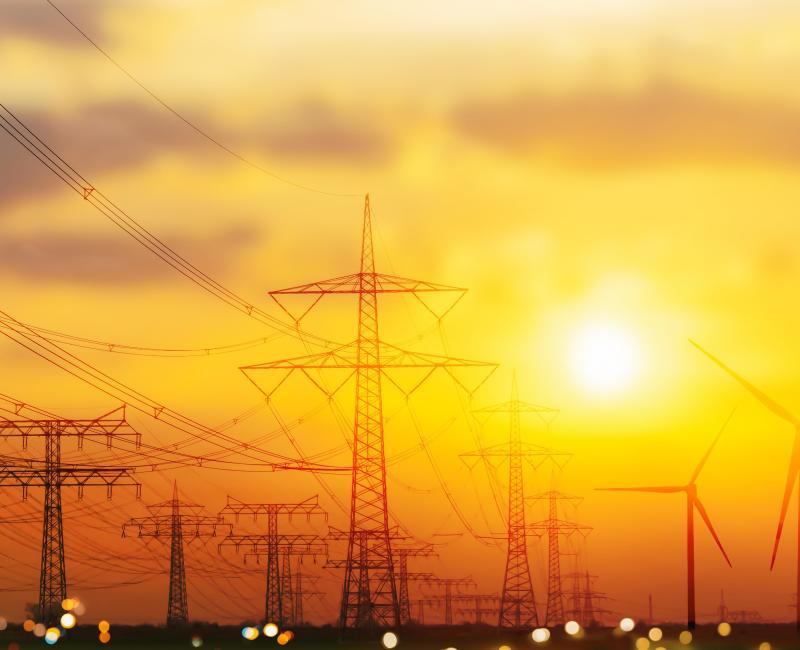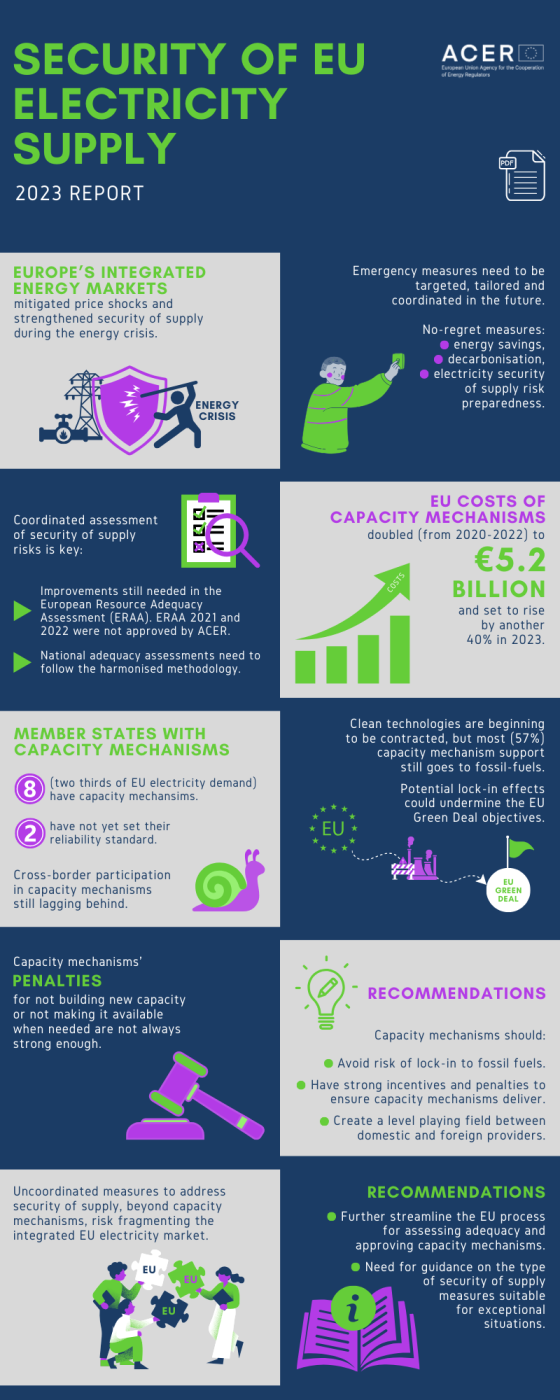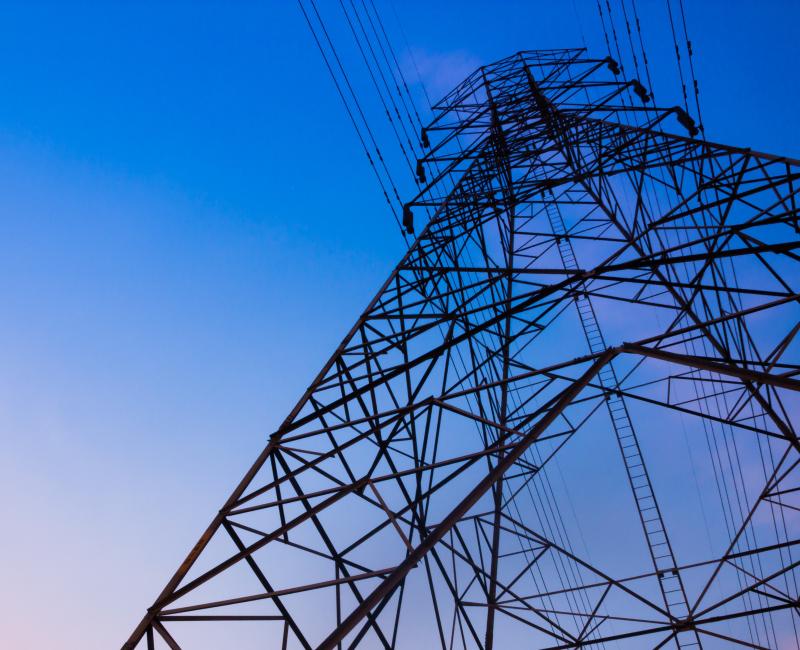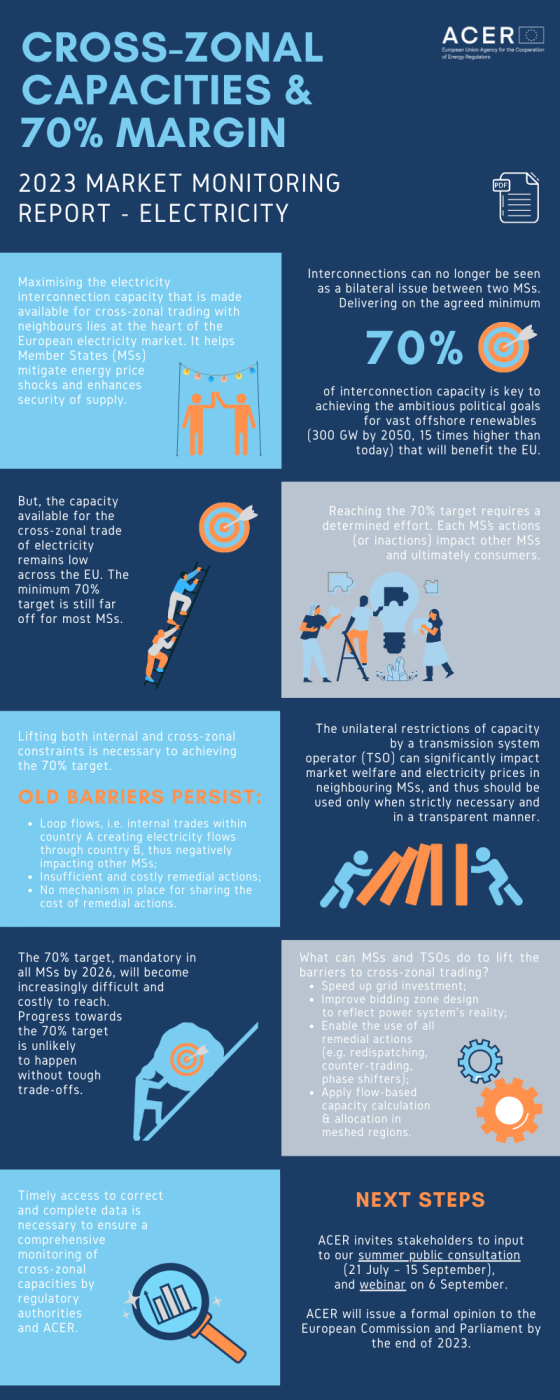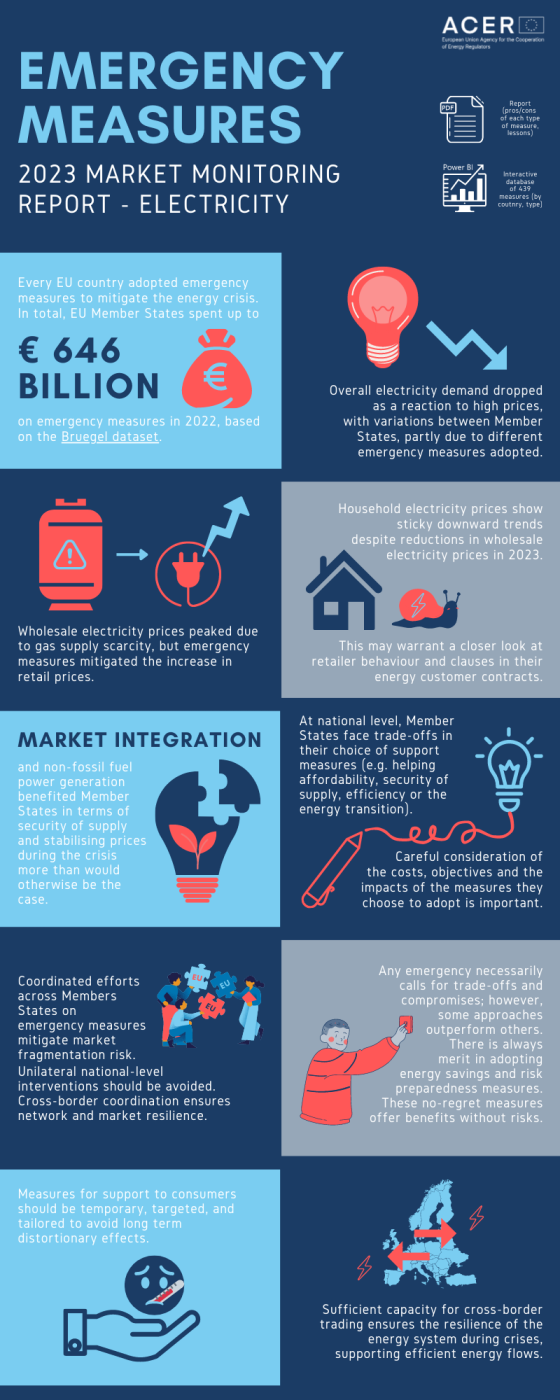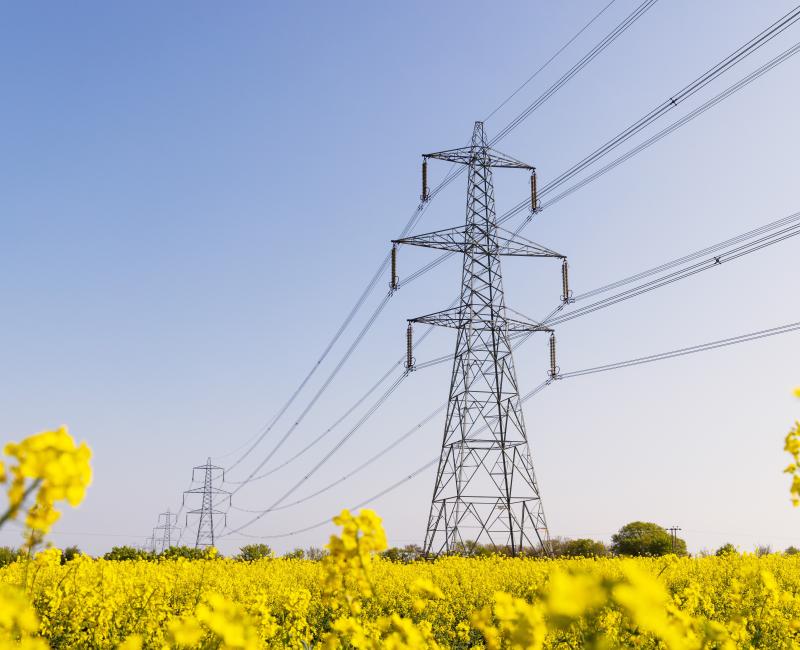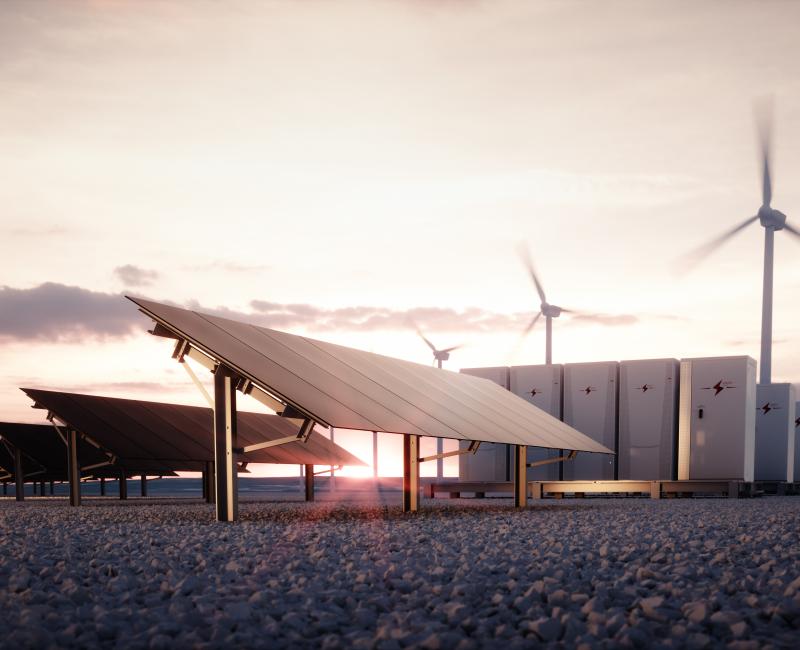ACER to decide on the alternative electricity bidding zone configurations for the Baltic region
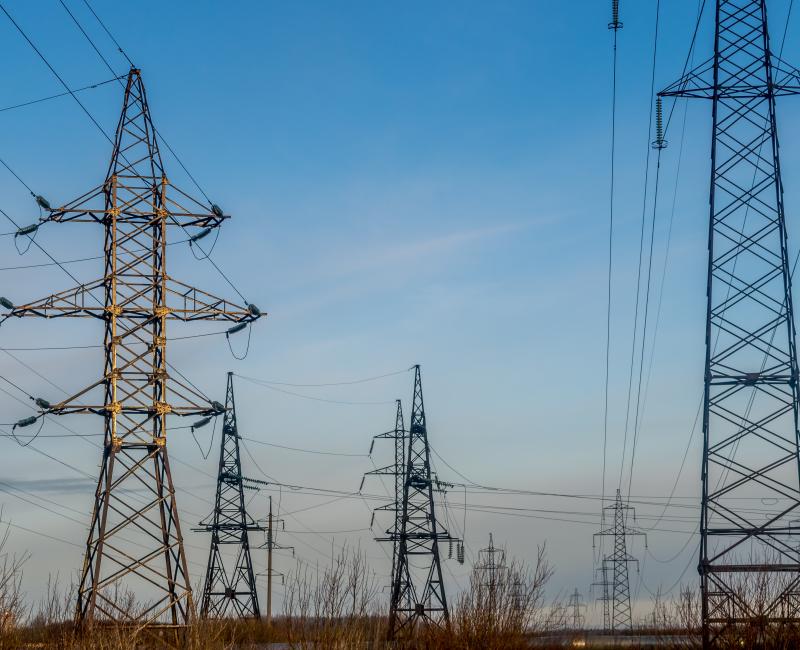
ACER to decide on the alternative electricity bidding zone configurations for the Baltic region
What is it about?
On 26 September 2023, ACER initiated a procedure to decide on the Transmission System Operators’ (TSOs) proposal on the alternative bidding zone configurations for the Baltic region. After having received the results of the Locational Marginal Pricing (LMP) analysis carried out by the Baltic TSOs, ACER is now in a position to start this decision-making process.
Why review the bidding zone configurations?
A bidding zone is the largest geographical area within which market participants are able to exchange energy without allocating capacity. Currently, bidding zones in Europe are mostly defined by national borders. However, the existing European electricity target model requires defining bidding zones based on network congestions. Better defined bidding zone configurations, i.e. whose borders are based on long-term, structural congestions, can bring several benefits, including:
-
increased opportunities for cross-zonal trade,
-
more efficient network investments, and
-
cost-efficient integration of new technologies.
To initiate the review process, all involved TSOs need to submit a proposal for:
-
the methodology and assumptions that should be used, and
-
the alternative configurations of bidding zones that relevant national regulatory authorities (NRAs) should analyse and approve unanimously.
What is the role of ACER?
The bidding zone review process initiated in October 2019; however, the TSOs’ initial proposal lacked alternative bidding zone configurations for a large part of Europe. They were therefore requested by the NRAs to submit an updated version of the proposal, which was then referred to ACER for decision (July 2020).
As a following step, ACER issued two separate decisions:
-
In November 2020, ACER approved the bidding zone review methodology and assumptions, and requested TSOs to carry out an LMP analysis.
-
In August 2022, following provision of information, ACER decided on the alternative bidding zone configurations to be analysed in the review process for all EU Member States, except for those of the Baltic region. This decision was deferred due to lack of data.
Following the submission of the results of the LMP analysis by the Baltic TSOs, ACER is now able to decide also on the alternative bidding zone configurations for the Baltic region.
What are the next steps?
ACER will adopt this decision by 26 December 2023.
To take an informed decision, ACER will consult with TSOs and NRAs.
